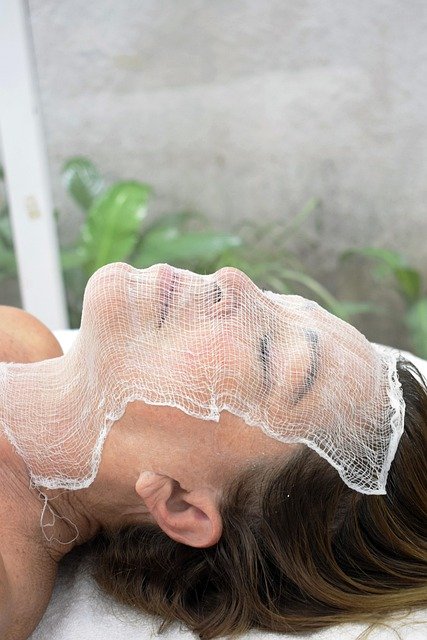The Influence of Ancient Beauty Rituals on Modern Skincare Practices
The beauty rituals of our ancestors often seem exotic, even mystifying, to our modern sensibilities. Yet, many of these ancient practices have endured, subtly influencing our current beauty regimens. They have been refined, reimagined, and repackaged to fit the demands of the contemporary skincare market. These ancient beauty rituals, spanning different cultures and time periods, continue to shape our understanding of beauty and our approach to personal care.

The Art of Beauty in Ancient Civilizations
The quest for beauty and the desire to enhance natural attributes is as old as human civilization itself. The ancient Egyptians, for instance, were well-known for their elaborate beauty rituals. They used oils, balms, and resins to protect their skin from the harsh desert climate. Their use of kohl eyeliner, made from galena and other minerals, is legendary and continues to inspire modern makeup trends.
In ancient Greece, the concept of beauty was deeply intertwined with philosophy and the pursuit of virtue. Olive oil was a staple in their beauty regimen, used for both skin and hair care. Similarly, in ancient Rome, bathing was considered an important social activity, and various treatments were performed in bathhouses, including massages and exfoliation.
Ancient India, too, had its unique beauty traditions. The practice of Ayurveda, a holistic healing system that originated in India over 3,000 years ago, included beauty rituals designed to balance the body, mind, and spirit. This included the use of natural ingredients like turmeric, sandalwood, and neem in skincare.
From Ancient Rituals to Modern Practices
While we may not replicate these ancient rituals exactly, their influence is still felt in modern skincare practices. For example, the use of oils for skincare, popularized by ancient civilizations, has seen a resurgence in recent years. Plant-based oils like argan, jojoba, and rosehip are now common ingredients in many skincare products.
Exfoliation, a practice that traces back to the Romans, is a basic step in most skincare routines today. Physical exfoliants like scrubs and brushes, as well as chemical exfoliants like alpha and beta hydroxy acids, are used to remove dead skin cells and reveal fresher, brighter skin underneath.
The holistic approach to beauty, as seen in Ayurveda, is also gaining traction. More and more people are seeking beauty solutions that are not only skin-deep but also promote overall well-being.
The Impact of Ancient Beauty Rituals on the Beauty Industry
The beauty industry has recognized the potential of these ancient rituals and has been quick to capitalize on their appeal. Many brands are incorporating ingredients and practices from these ancient traditions into their product lines. Some are even marketing their products as being inspired by the beauty rituals of a particular culture or civilization.
This trend has given rise to what is known as the “global beauty” market. Consumers are increasingly interested in trying beauty products and rituals from different cultures. This has led to the rise of K-beauty (Korean beauty) and J-beauty (Japanese beauty) in the global market, and more recently, G-beauty (German beauty) and A-beauty (Australian beauty).
The Reception and Criticism of the “Global Beauty” Trend
While the global beauty trend has been largely well-received, it has also sparked discussions around cultural appropriation. Critics argue that when brands borrow beauty practices from other cultures without giving due credit or understanding their cultural significance, it can lead to misrepresentation and commodification of those cultures.
Others, however, see this trend as a celebration of cultural diversity and a way to learn from the wisdom of our ancestors. They argue that the sharing of beauty rituals can lead to a more inclusive and global understanding of beauty.
Ancient Wisdom for Modern Beauty
Regardless of one’s stance on the global beauty trend, it’s hard to deny the lasting impact of ancient beauty rituals on our modern practices. These ancient rituals remind us that the pursuit of beauty is not just about vanity, but about self-care, wellness, and connection with nature.
In a world that’s constantly chasing the next big thing in beauty, these age-old rituals offer a sense of continuity and timelessness. They remind us that while beauty standards may change, the desire for health, vitality, and well-being - the true essence of beauty - remains constant.




